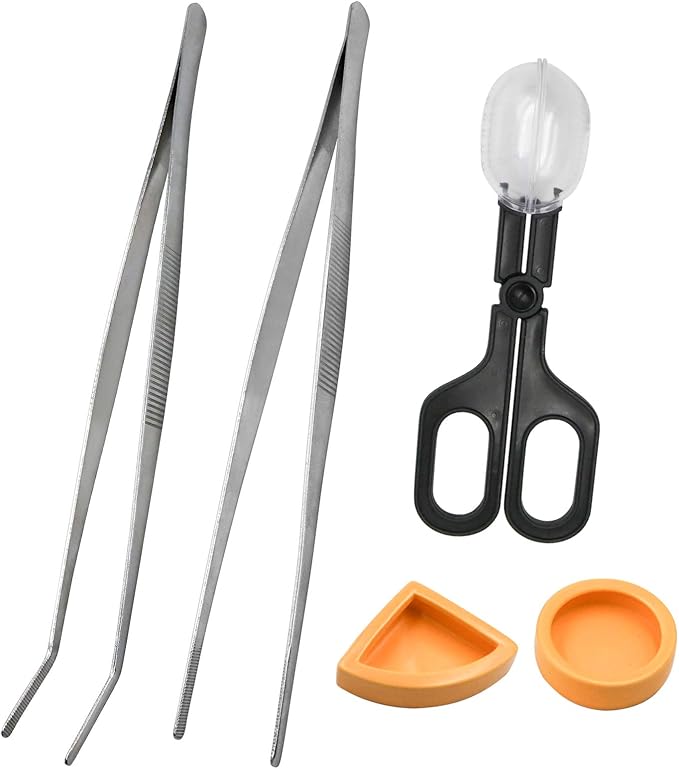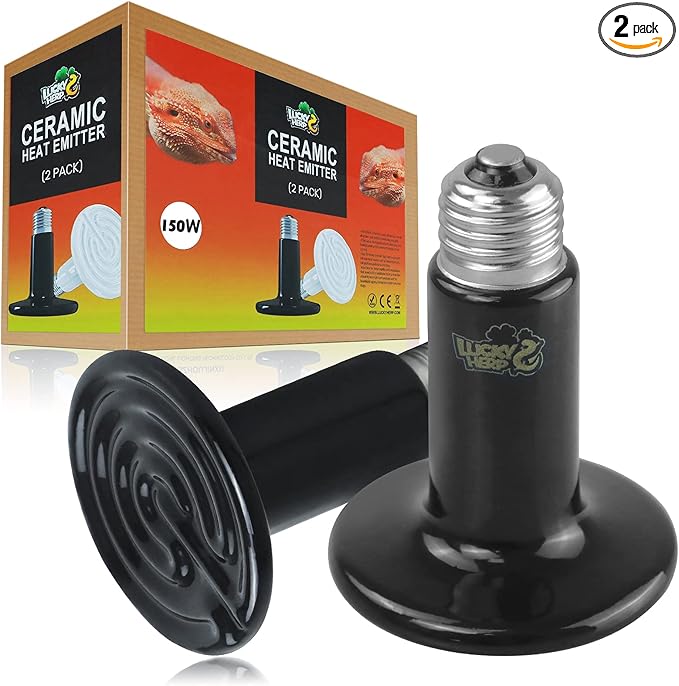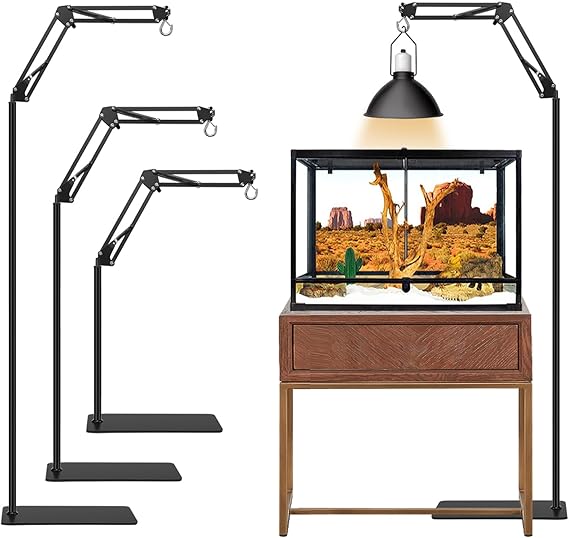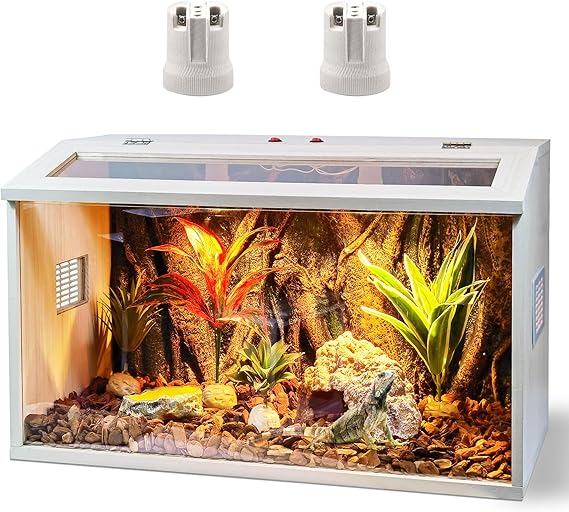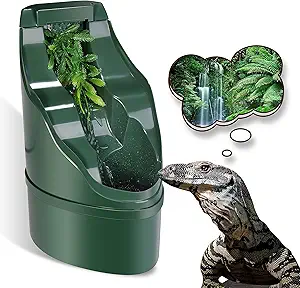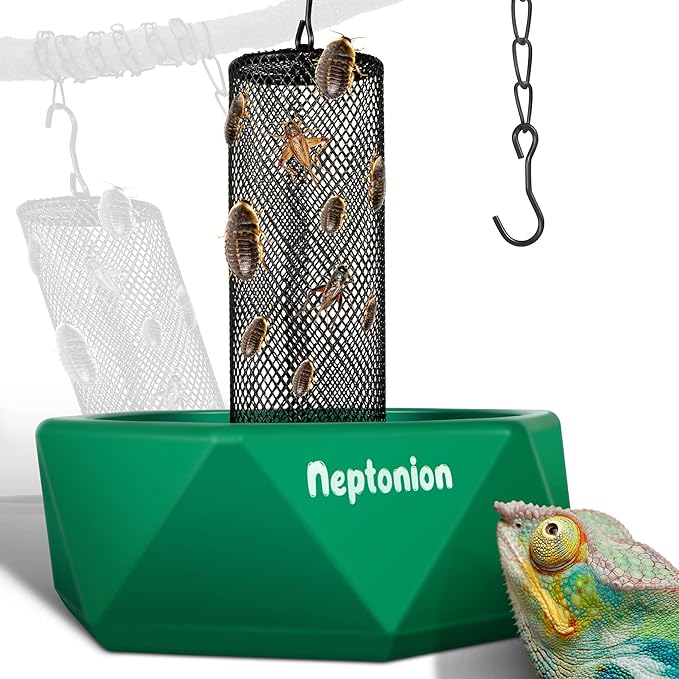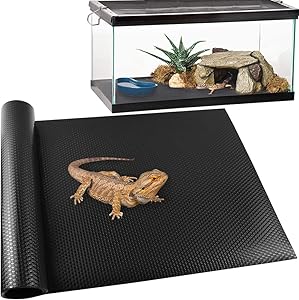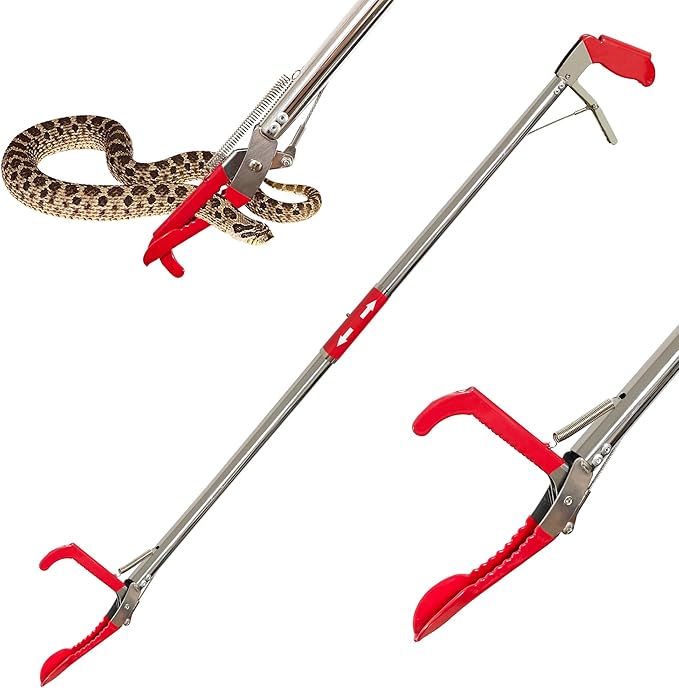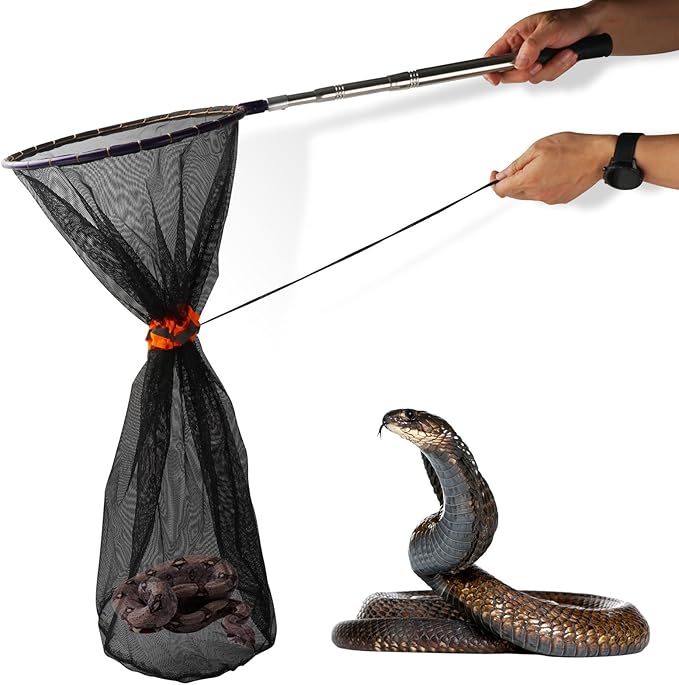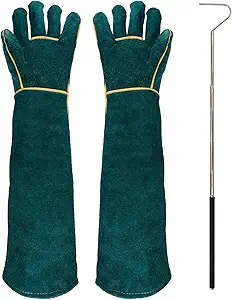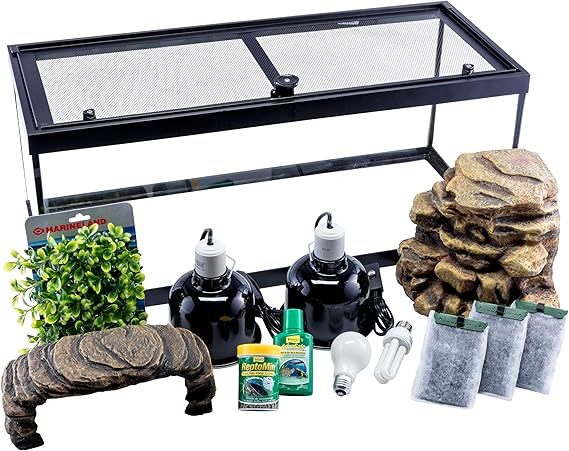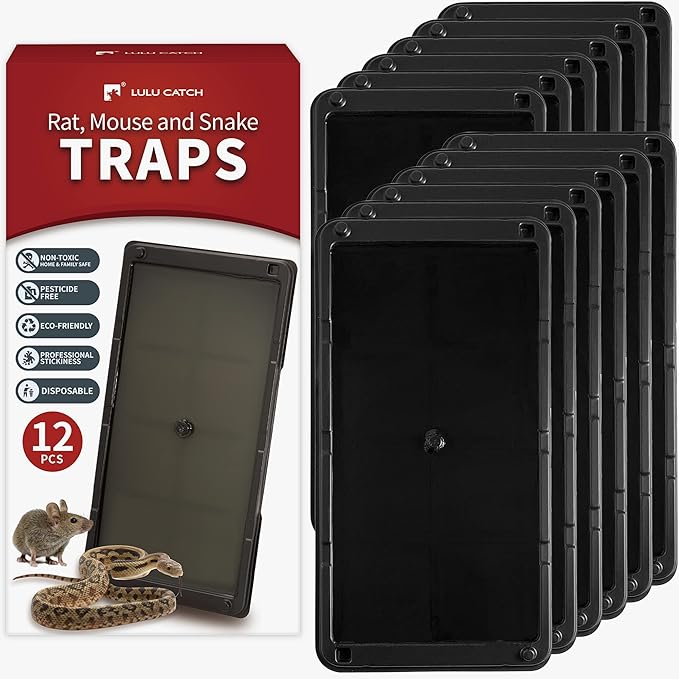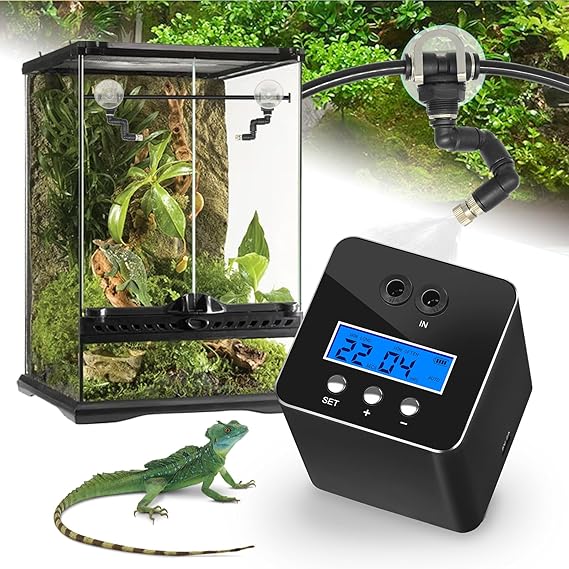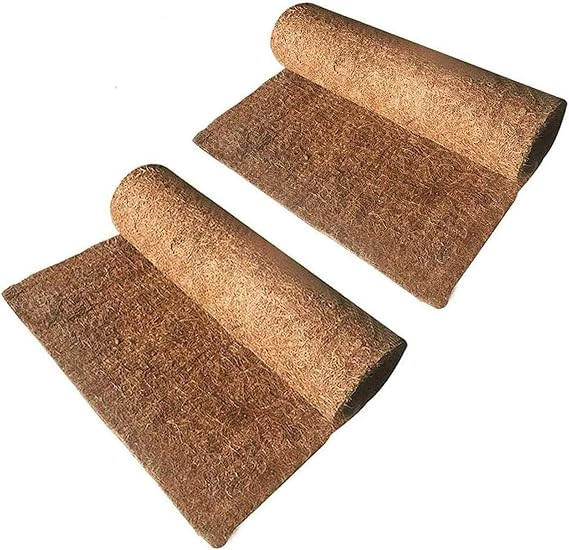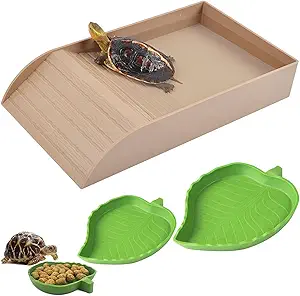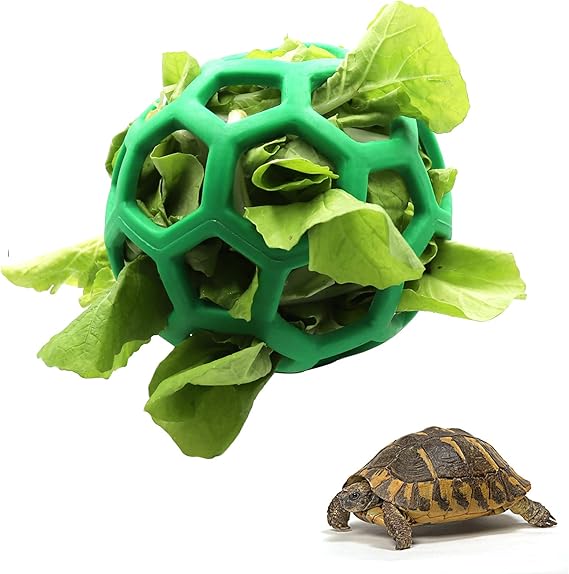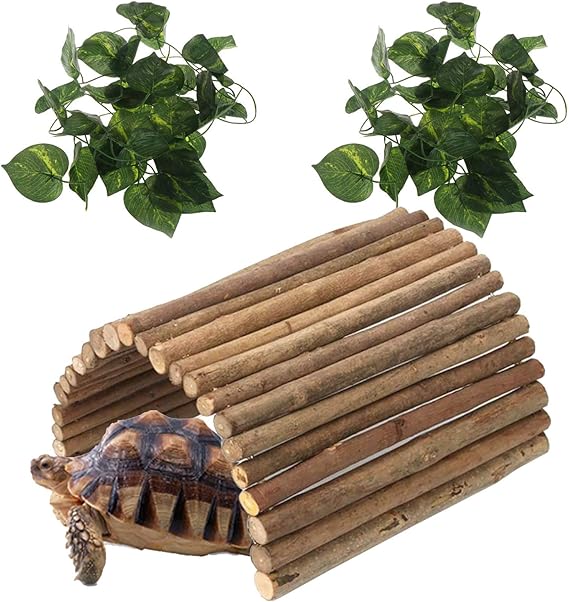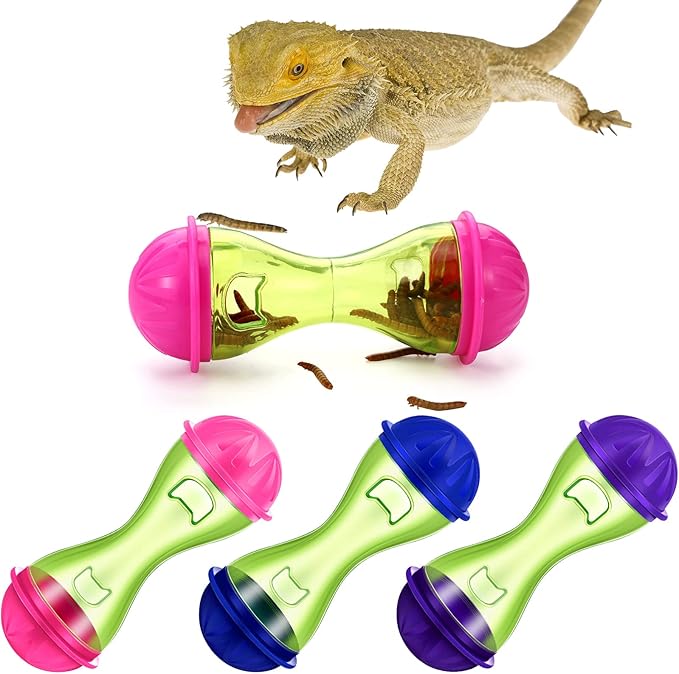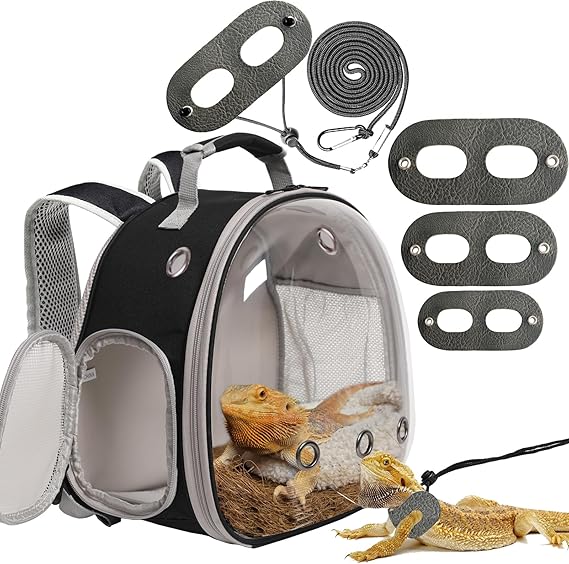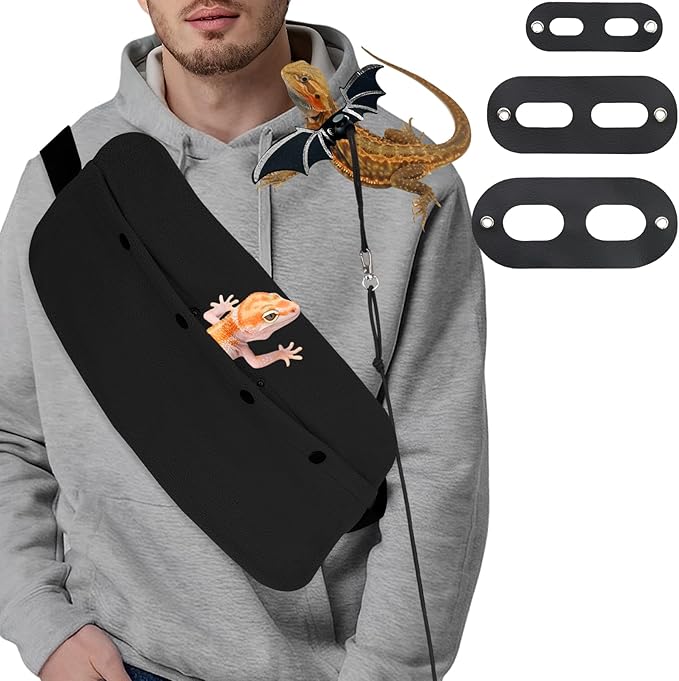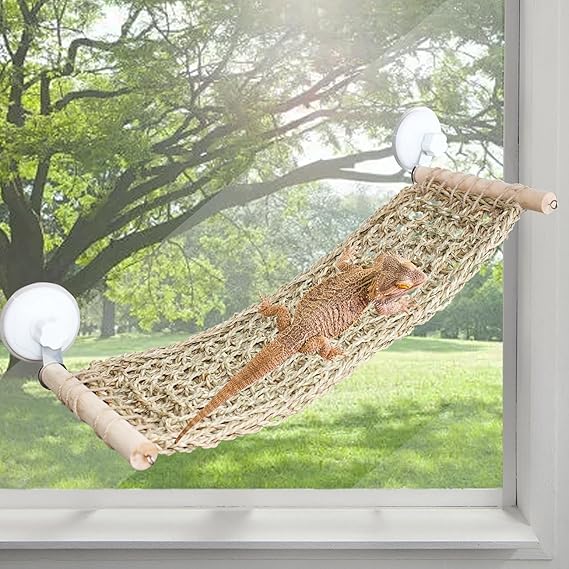Learn Italian language vocabulary about reptiles and amphibians
What are reptiles in Italian?
The word reptiles in Italian is a masculine singular noun (il rettile) and plural (i rettili).
What are amphibians in Italy?
The word reptiles in Italian is a masculine singular noun (L’anfibio) and plural (gli anfibi).
List of words about Reptiles and Amphibians in Italian and their meanings in English
- I Rettili (The Reptiles)
- Gli Anfibi (The Amphibians)
- La Rana (The Frog)
- La Raganella (The Tree Frog)
- La Tartaruga (The Turtle) / La Testuggine (The Tortoise)
- Il Dinosauro (The Dinosaur)
- Il Coccodrillo (The Crocodile)
- L’Alligatore (The Alligator)
- Il gaviale (The Gharial)
- Il Serpente (The Snake)
- La Vipera (The Viper)
- Il Crotalo (The Rattlesnake)
- L’Anaconda (The Anaconda)
- Il Proteo (The Olm)
- La Lucertola (The Lizard)
- Il Camaleonte (The Chameleon)
- L’Iguana (The Iguana)
- Il Basilisco (The Basilisk)
- Il Geco (The Gecko)
- La Salamandra (The Salamander)
Amazon Ads
1. I Rettili | The Reptiles
Noun masculine singular (Il Rettile) plural (I Rettili)
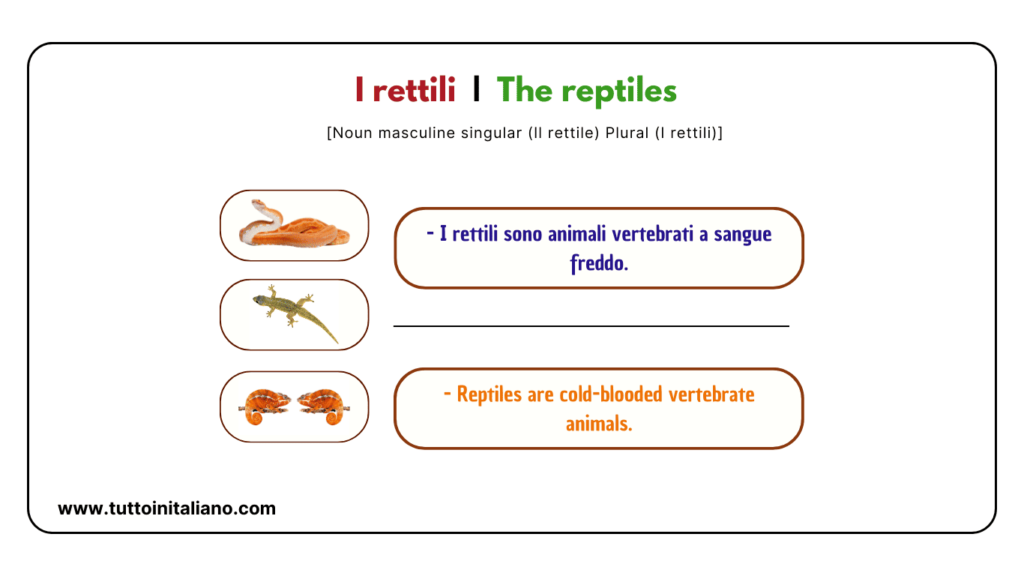
- I rettili sono animali vertebrati a sangue freddo.
- Reptiles are cold-blooded vertebrate animals.
- Il serpente, la lucertola, il coccodrillo, la tartaruga sono rettili.
- The snake, the lizard, the crocodile, the turtle are reptiles.
- I rettili dividono in tre gruppi: loricati, cheloni e lepidosauri.
- Reptiles are divided into three groups: loricates, chelonians and lepidosaurs.
- I coccodrilli e gli alligatori sono rettili loricati.
- Crocodiles and alligators are loricate reptiles.
- Le tartarughe e le testuggini sono rettili cheloni.
- Turtles and tortoises are chelonian reptiles.
- I serpenti e le lucertole sono rettili lepidosauri.
- Snakes and lizards are lepidosaur reptiles.
2. Gli Anfibi | The Amphibians
Noun masculine singular (L’ anfibio) plural (gli Anfibi)
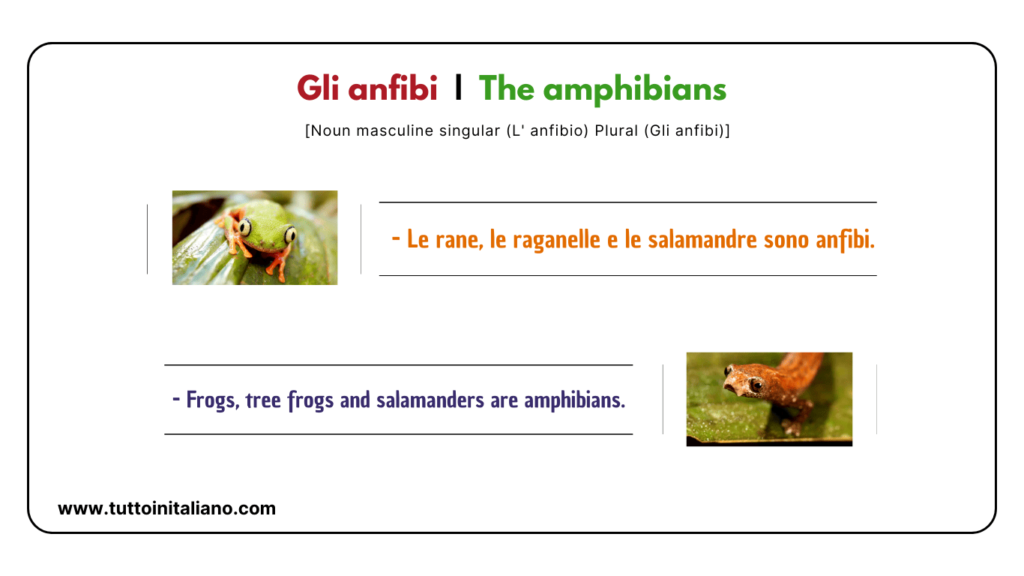
- Gli anfibi costituiscono una classe di vertebrati.
- Amphibians are a class of vertebrates.
- Gli anfibi vivono parte della loro vita in acqua e parte sulla terraferma.
- Amphibians live part of their lives in water and part of their lives on land.
- Le rane, le raganelle e le salamandre sono anfibi.
- Frogs, tree frogs and salamanders are amphibians.
3. La Rana | The Frog
Noun feminine singular (la rana) plural (le rane)
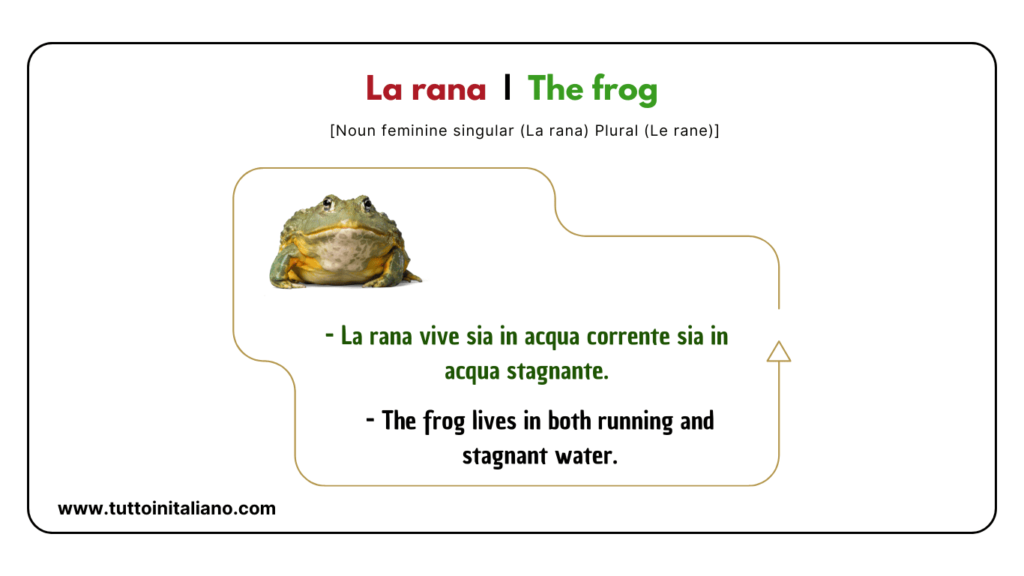
- La rana vive sia in acqua corrente sia in acqua stagnante.
- The frog lives in both running and stagnant water.
- La rana si nutre di insetti, di limacce e di vermi.
- The frog feeds on insects, slugs, and worms.
4. La Raganella | Tree Frog
Noun feminine singular (la Raganella) plural (le Raganelle)
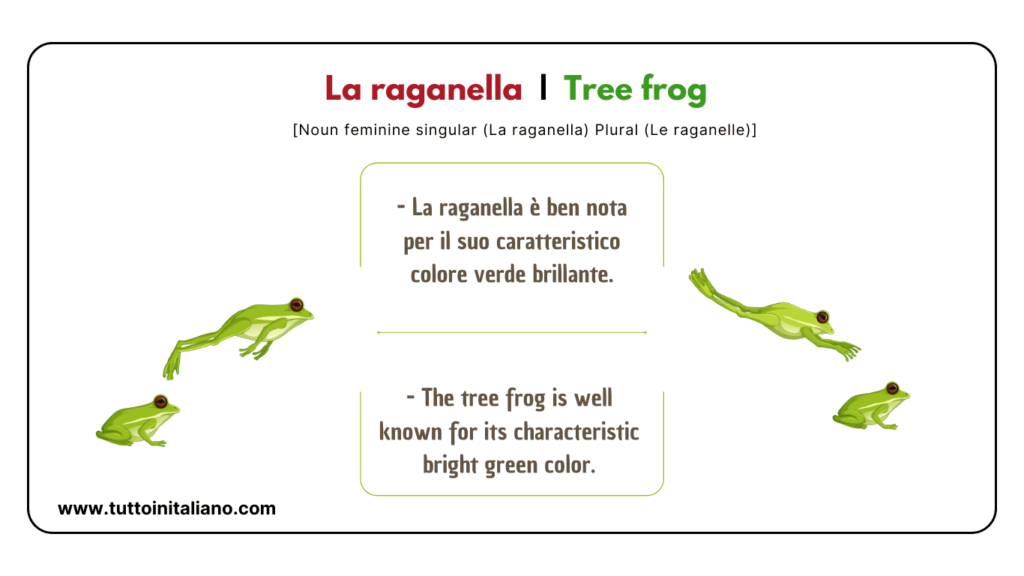
- La raganella è ben nota per il suo caratteristico colore verde brillante.
- The tree frog is well known for its characteristic bright green color.
- La raganella vive su alberi, arbusti, canneti, in prossimità di ambienti umidi.
- The tree frog lives on trees, shrubs, reeds, near humid environments.
- Le raganelle si nutrono soprattutto di Insetti catturati in volo.
- Tree frogs feed mainly on insects caught in flight.
5. La Tartaruga/La Testuggine | The Turtle/Tortoise
Noun feminine singular (la Tartaruga) plural (le Tartarughe)
Noun feminine singular (la Testuggine) plural (le Testuggini)
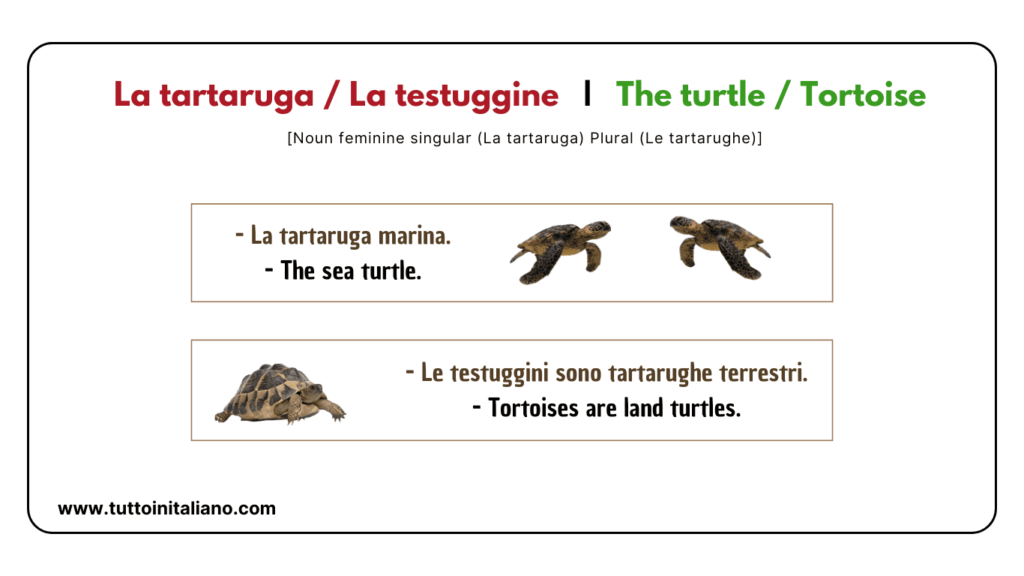
- Le testuggini sono tartarughe terrestri.
- Tortoises are land turtles.
- Quando le tartarughe si sentono minacciate dai predatori, ritraggono la testa e gli arti all’interno del guscio.
- When turtles feel threatened by predators, they retract their heads and limbs inside their shells.
- La tartaruga marina.
- The sea turtle.
- La tartaruga di terra.
- The land turtle.
- La tartaruga gigante.
- The giant tortoise.
Amazon Ads
6. Il Dinosauro | The Dinosaur
Noun masculine singular (Il Dinosauro ) plural (I Dinosauri)
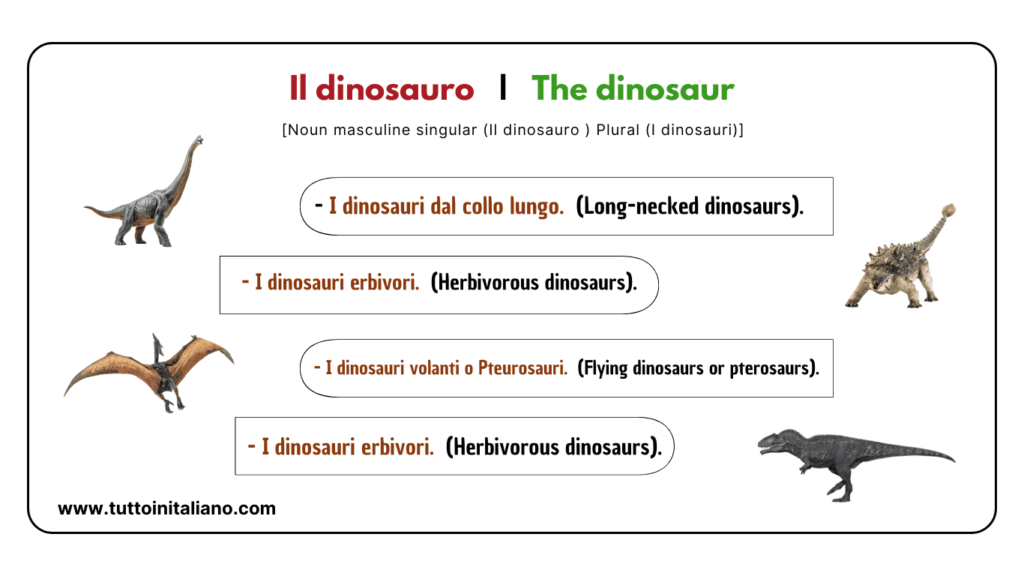
- I dinosauri rappresentano un insieme specifico di Rettili Arcosauri.
- Dinosaurs represent a specific group of Archosaur Reptiles.
- I dinosauri sono comparsi nel Triassico e scomparsi nel Cretaceo.
- Dinosaurs appeared in the Triassic and disappeared in the Cretaceous.
- Il periodo in cui i dinosauri vivevano floridi sulla superficie terrestre è il Giurassico.
- The period in which Dinosaurs lived thriving on the Earth’s surface is the Jurassic.
- I dinosauri carnivori (carnivorous dinosaurs).
- I dinosauri erbivori (Herbivorous Dinosaurs).
- I dinosauri dal collo lungo (Long-necked dinosaurs).
- I dinosauri marini o acquatici (marine or aquatic dinosaurs).
- I dinosauri volanti o Pteurosauri (Flying Dinosaurs or Pterosaurs).
- I dinosauri teropodi (Theropod Dinosaurs)
7. il coccodrillo | the crocodile
noun masculine singular (il coccodrillo) plural (i coccodrilli)
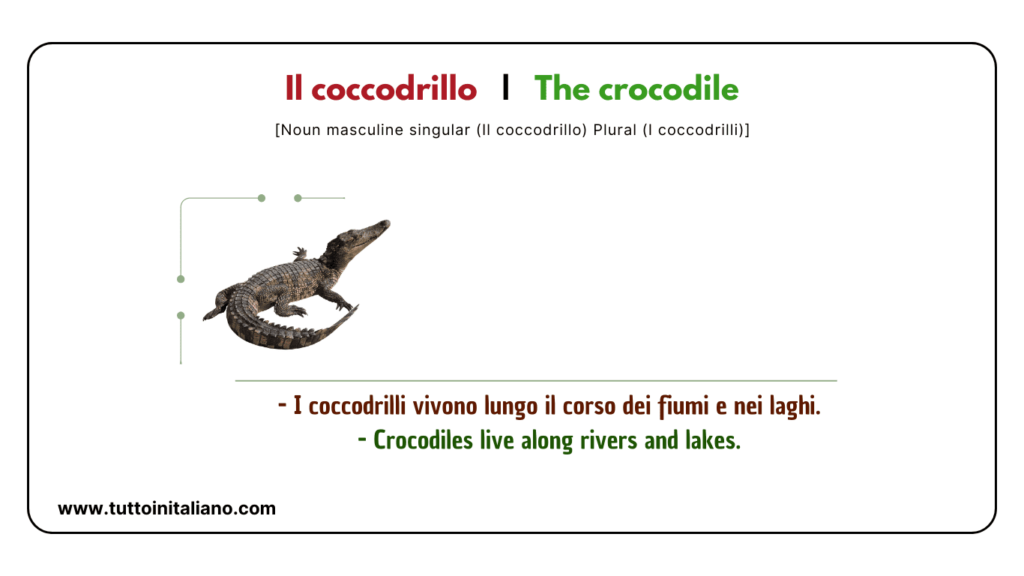
- I coccodrilli vivono lungo il corso dei fiumi e nei laghi.
- Crocodiles live along rivers and lakes.
- I coccodrilli sono presenti nelle regioni tropicali e subtropicali.
- Crocodiles are found in tropical and subtropical regions.
- I coccodrilli sono una delle specie più antiche ancora viventi sul nostro pianeta.
- Crocodiles are one of the oldest species still alive on our planet.
8. L’Alligatore | The Alligator
noun masculine singular (L’Alligatore) plural (Gli Alligatori)
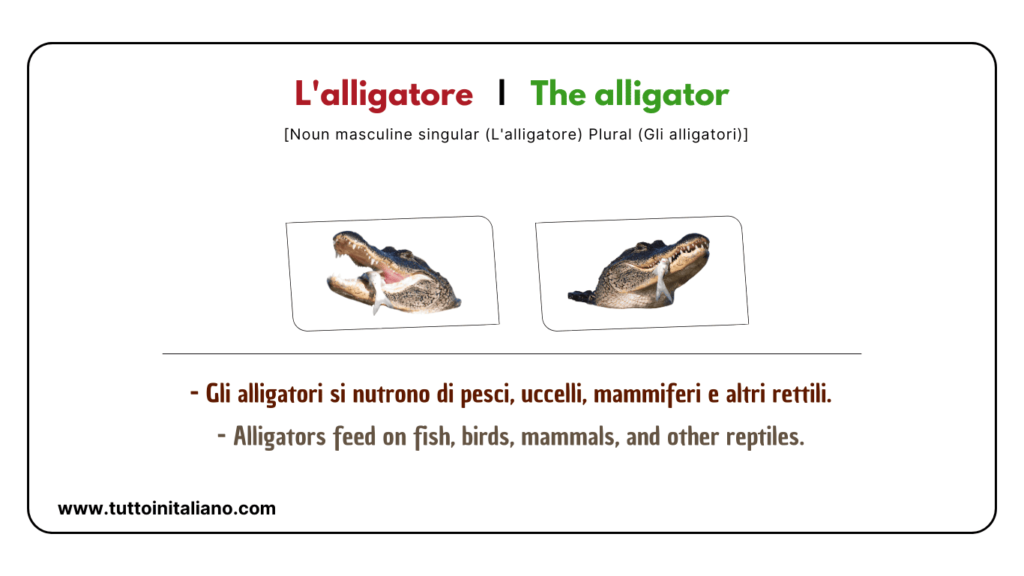
- L’alligatore è particolarmente diffuso negli Stati Uniti sud-orientali e in Cina.
- The alligator is particularly widespread in the southeastern United States and China.
- Gli alligatori vivono principalmente in ambienti acquatici come fiumi, laghi, paludi e mangrovie.
- Alligators mainly inhabit aquatic environments such as rivers, lakes, swamps, and mangroves.
- Gli alligatori si nutrono di pesci, uccelli, mammiferi e altri rettili.
- Alligators feed on fish, birds, mammals, and other reptiles.
9. Il Gaviale | The Gharial
noun masculine singular (il Gaviale) plural (i Gaviali)
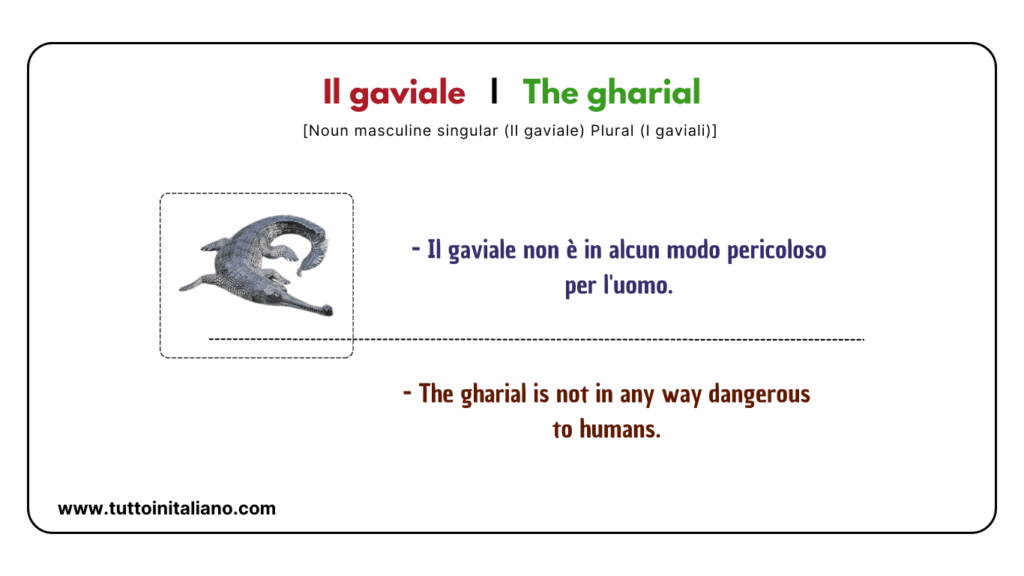
- Il gaviale vive esclusivamente in India e in Nepal.
- The gharial lives exclusively in India and Nepal.
- Il muso del gaviale è molto lungo e sottile e la mascella è armata di 26-27 denti.
- The gharial’s snout is very long and thin and the jaw is armed with 25-26 teeth.
- Il gaviale si nutre di pesci e anfibi, talvolta anche di uccelli e piccoli mammiferi.
- The gharial feeds on fish and amphibians, sometimes also on birds and small mammals.
- Il gaviale non è in alcun modo pericoloso per l’uomo.
- The gharial is not in any way dangerous to humans.
10. il serpente | the snake
noun masculine singular (il serpente) plural (i serpenti)
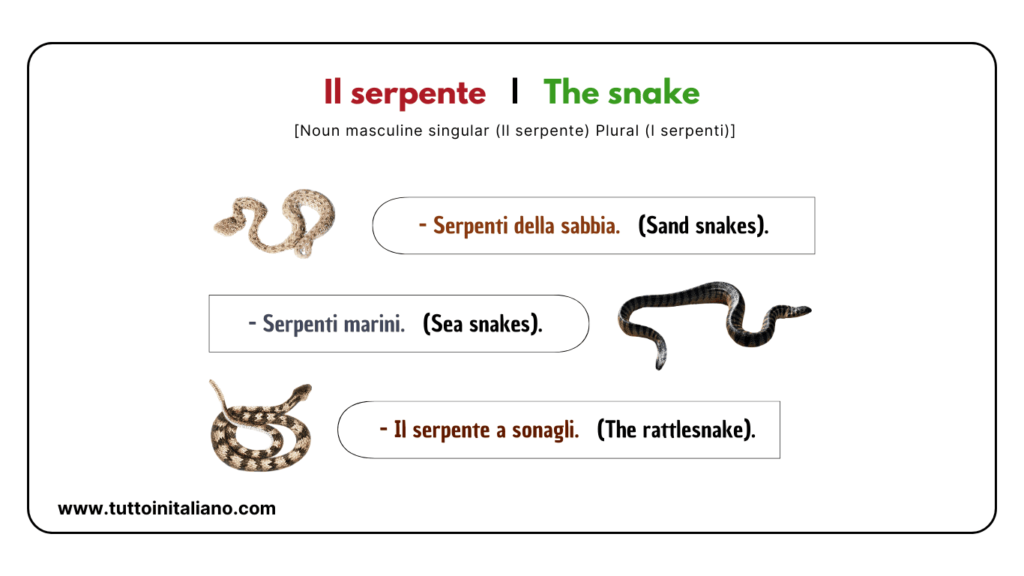
- La maggior parte dei serpenti si nutre di vertebrati
- Most snakes feed on vertebrates.
- Esistono circa 3400 specie di serpenti, e meno del 10% di loro sono velenosi.
- There are about 3400 species of snakes, and less than 10% of them are venomous.
- Serpente domestico (Pet snake).
- Serpenti velenosi (venomous snakes).
- Serpenti non velenosi (non-venomous snakes).
- Serpenti d’acqua dolce (freshwater snakes).
- Serpenti marini (sea snakes).
- Serpenti della sabbia (sand snakes).
- Il serpente a sonagli (The rattlesnake)
Amazon Ads
11. La Vipera | The Viper
Noun feminine singular (la Vipera) plural (le Vipere)
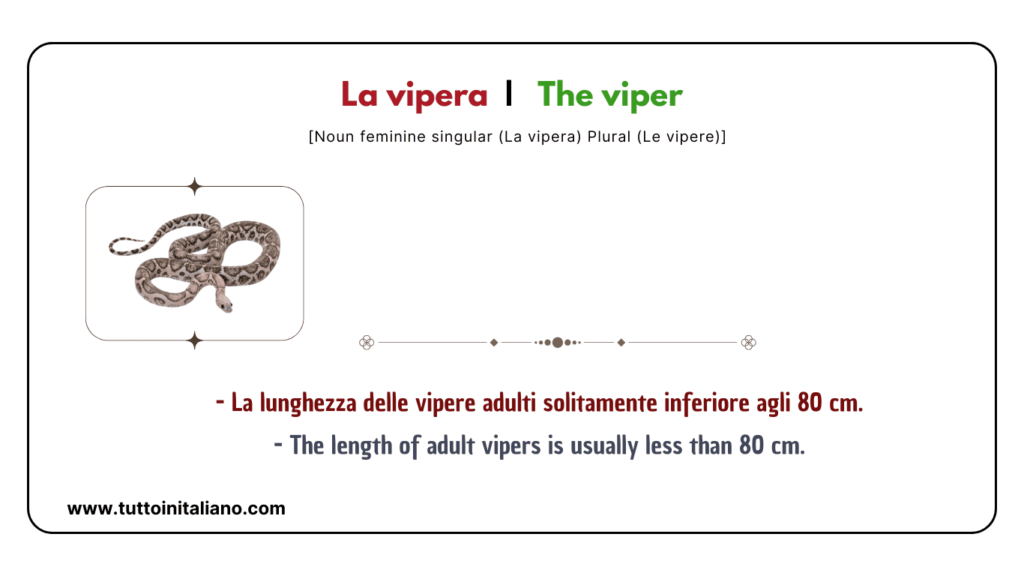
- La vipera è un rettile diffuso quasi esclusivamente in collina e in montagna.
- The viper is a reptile found almost exclusively in hills and mountains.
- La lunghezza delle vipere adulti solitamente inferiore agli 80 cm.
- The length of adult vipers is usually less than 80 cm.
- Il capo della vipera è triangolare, ben distinto dal collo, muso squadrato con apice rivolto in alto.
- The head of the viper is triangular, well distinct from the neck, square snout with tip pointing upwards
- Il morso della vipera.
- The bite of the viper.
12. Il Crotalo | The Rattlesnake
noun masculine singular (il Crotalo) plural (i Crotali)
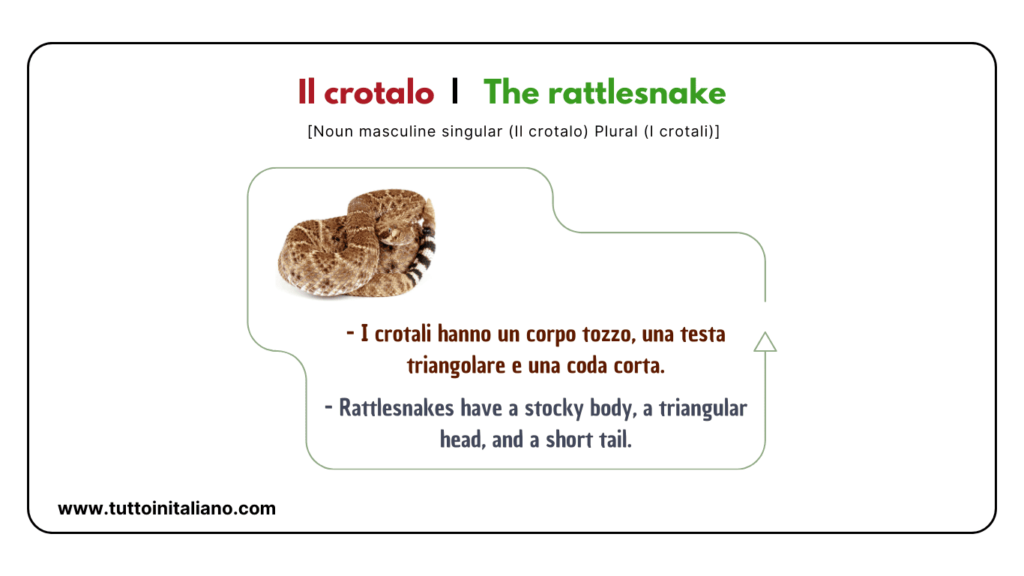
- La lunghezza dei crotali varia da 25-30 cm fino oltre i 150 cm.
- The length of rattlesnakes varies from 25-30 cm up to over 150 cm.
- I crotali hanno un corpo tozzo, una testa triangolare e una coda corta.
- Rattlesnakes have a stocky body, a triangular head, and a short tail.
13. L’Anaconda | The Anaconda
Noun feminine singular (L’Anaconda) plural (le Anaconde)
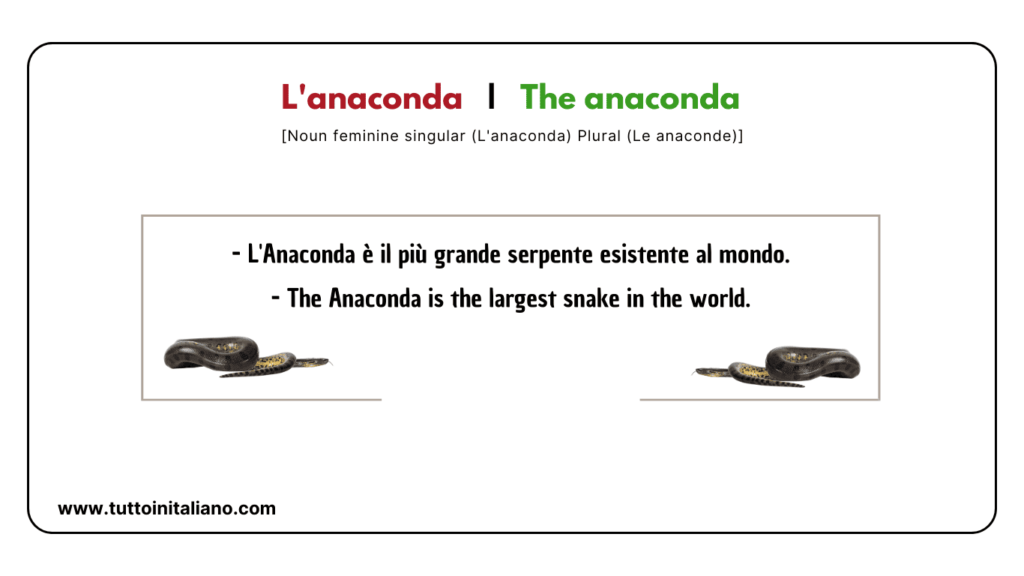
- L’Anaconda è il più grande serpente esistente al mondo.
- The Anaconda is the largest snake in the world.
- L’Anaconda raggiunge i 6 m di lunghezza e gli oltre 200 Kg di peso.
- The Anaconda reaches 6 m in length and over 200 kg in weight.
- L’Anaconda può stare in immersione anche 10 minuti.
- The Anaconda can stay submerged for up to 10 minutes.
14. Il Proteo | The Olm
noun masculine singular (il Proteo) plural (i Protei)
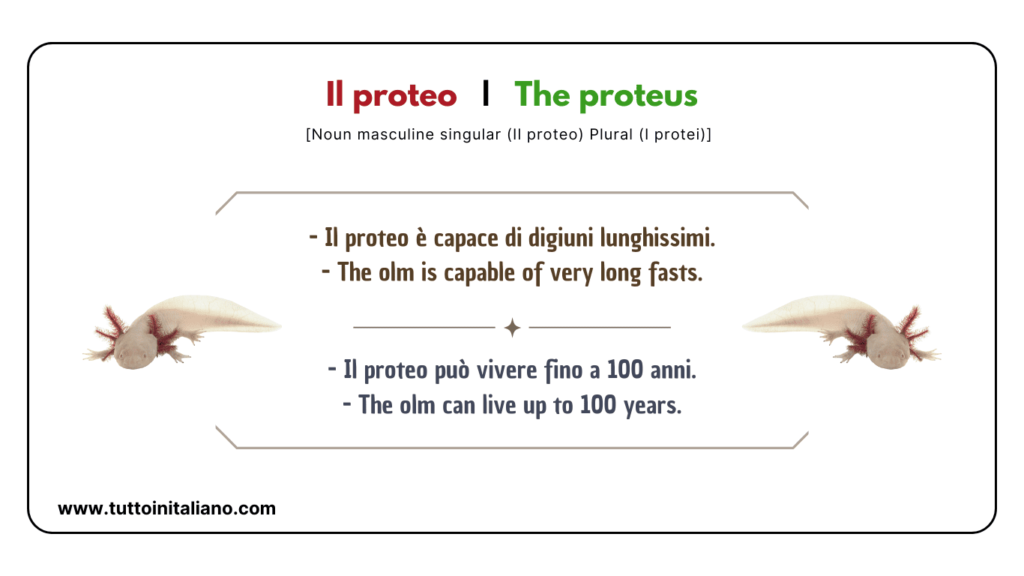
- Il proteo è capace di digiuni lunghissimi.
- The olm is capable of very long fasts.
- Il proteo può vivere fino a 100 anni.
- The olm can live up to 100 years.
- Il Proteo ha un corpo snello lungo in media 23-25 cm.
- The olm has a slender body, on average 23-25 cm long.
- Il corpo del proteo è solitamente di colore bianco crema, ma in alcuni casi può assumere tonalità rosate.
- The olm’s body is usually cream-white, but in some cases it can take on pink tones.
- Gli occhi del proteo sono quasi ciechi e ricoperti di pelle.
- The eyes of the olm are almost blind and covered with skin.
- Dietro la testa del proteo sono presenti 3 grandi branchie piumate di colore rosa.
- Behind the head of the olm are 3 large pink feathered gills.
15. La Lucertola | The Lizard
Noun feminine singular (la Lucertola) plural (le Lucertole)
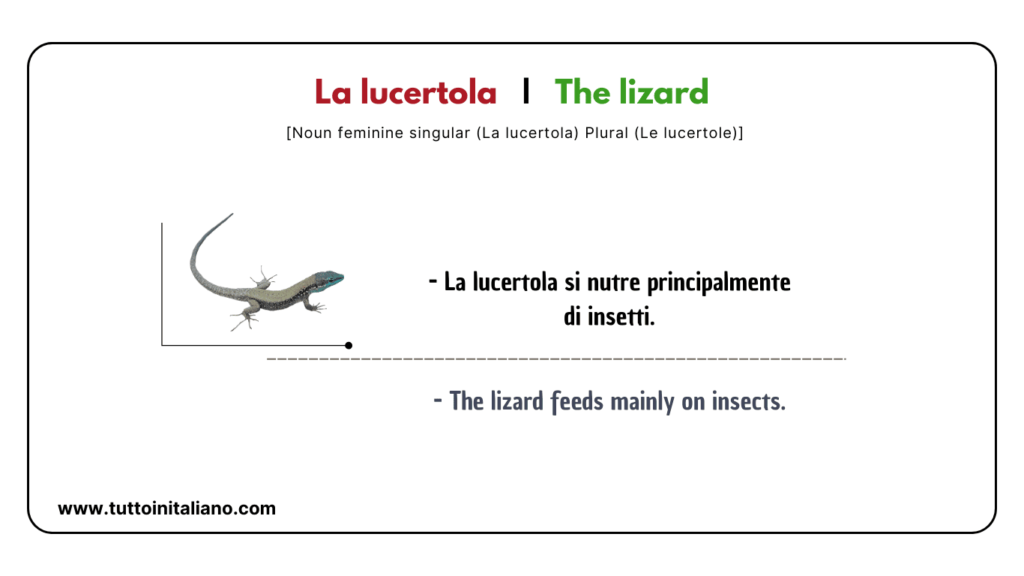
- Le lucertole più rappresentate in Italia sono la lucertola campestre e la lucertola muraiola.
- The most represented lizards in Italy are the field lizard and the wall lizard.
- Le lucertole hanno la capacità di perdere la coda per mettersi in salvo dai predatori.
- Lizards have the ability to shed their tails to save themselves from predators.
- La lucertola si nutre principalmente di insetti.
- The lizard feeds mainly on insects.
Amazon Ads
16. Il Camaleonte | The Chameleon
noun masculine singular (il Camaleonte) plural (i Camaleonti)
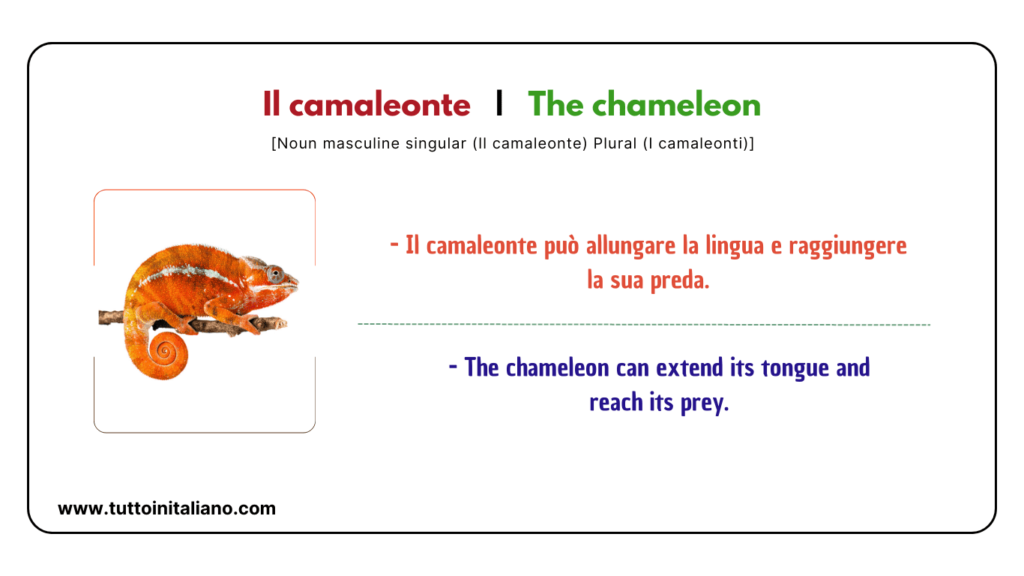
- La coda del camaleonte è lunga e arricciata su se stessa.
- The chameleon’s tail is long and curled up on itself.
- La coda serve come quinto braccio di presa del camaleonte.
- The tail serves as the chameleon’s fifth grasping arm.
- Gli occhi del camaleonte possono muoversi indipendentemente l’uno dall’altro e possono guardare in due direzioni diverse.
- The chameleon’s eyes can move independently of each other and can look in two different directions.
- Il camaleonte può allungare la lingua e raggiungere la sua preda.
- The chameleon can extend its tongue and reach its prey.
17. L’Iguana | The Iguana
Noun feminine singular (L’Iguana) plural (le Iguane)
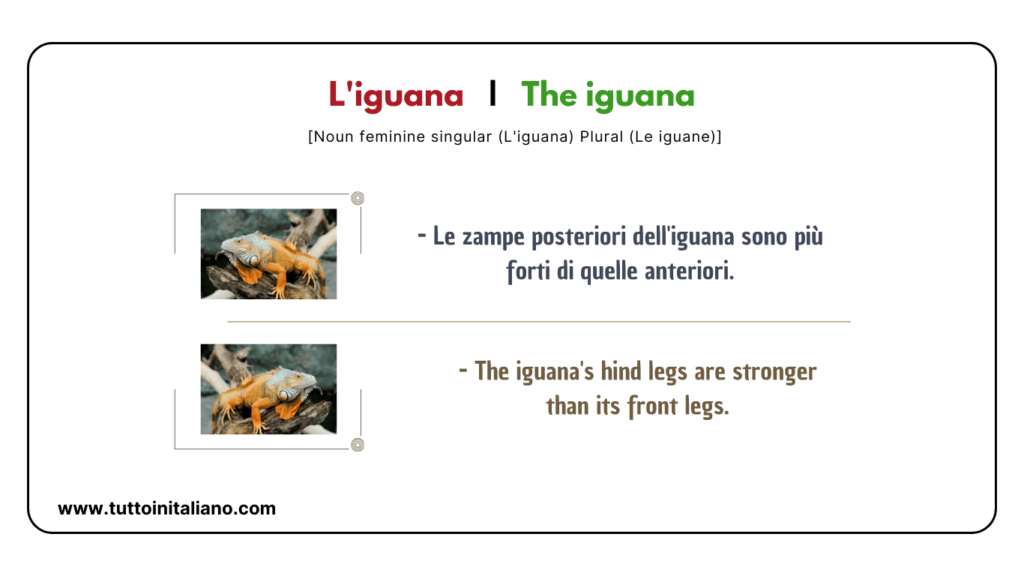
- Le zampe posteriori dell’iguana sono più forti di quelle anteriori.
- The iguana’s hind legs are stronger than its front legs.
- La coda dell’iguana è più lunga del resto del corpo.
- The iguana’s tail is longer than the rest of the body.
- Il dorso dell’iguana è sormontato da una cresta, più evidente nei maschi che nelle femmine.
- The iguana’s back is topped by a crest, more evident in males than in females.
18. Il Basilisco | The Basilisk
noun masculine singular (il Basilisco) plural (i Basilischi)
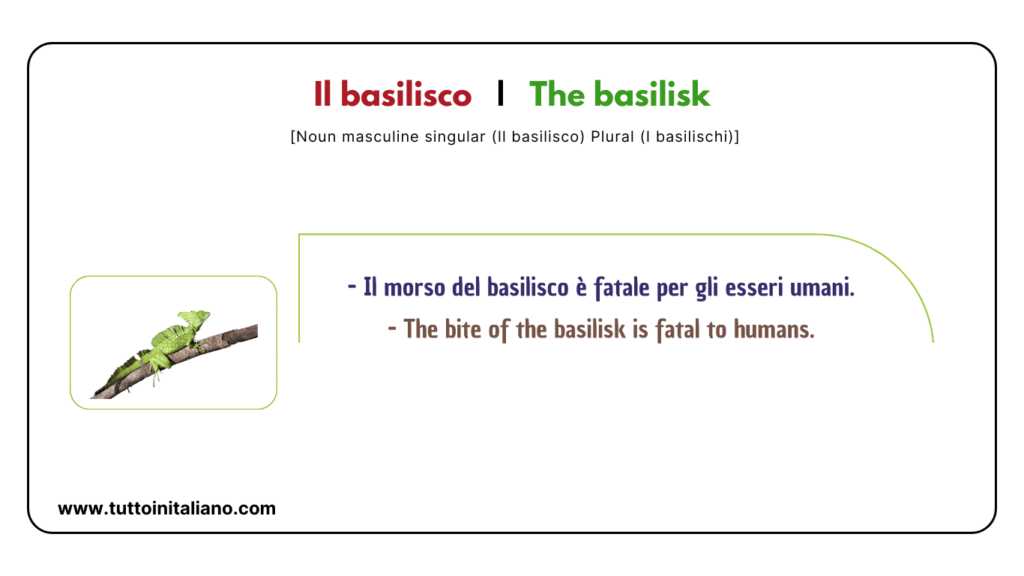
- Se il basilisco si sente minacciato, si muove in un modo particolare, strofinando le squame tra loro e producendo un suono stridente.
- If the basilisk is threatened it moves in a particular way, rubbing its scales together, producing a screeching sound.
- Il morso del basilisco è fatale per gli esseri umani.
- The bite of the basilisk is fatal to humans.
- Quando fa molto caldo, Il basilisco ama soggiornare tra i cespugli.
- When it is very hot, the Basilisk likes to stay in the bushes.
- I basilischi possono infatti correre sull’acqua degli stagni per 4,5 metri rimanendo in superficie prima di affondare e continuare nuotando.
- Basilisks can in fact run on pond water for 4.5 meters remaining on the surface before sinking and continuing swimming.
- Il basilisco piumato è una lucertola dagli occhi giallo-accesi e di un colore verde brillante.
- The plumed basilisk is a lizard with bright yellow eyes and a bright green color.
19. Il Geco | The Gecko
noun masculine singular (il Geco) plural (i Gechi)
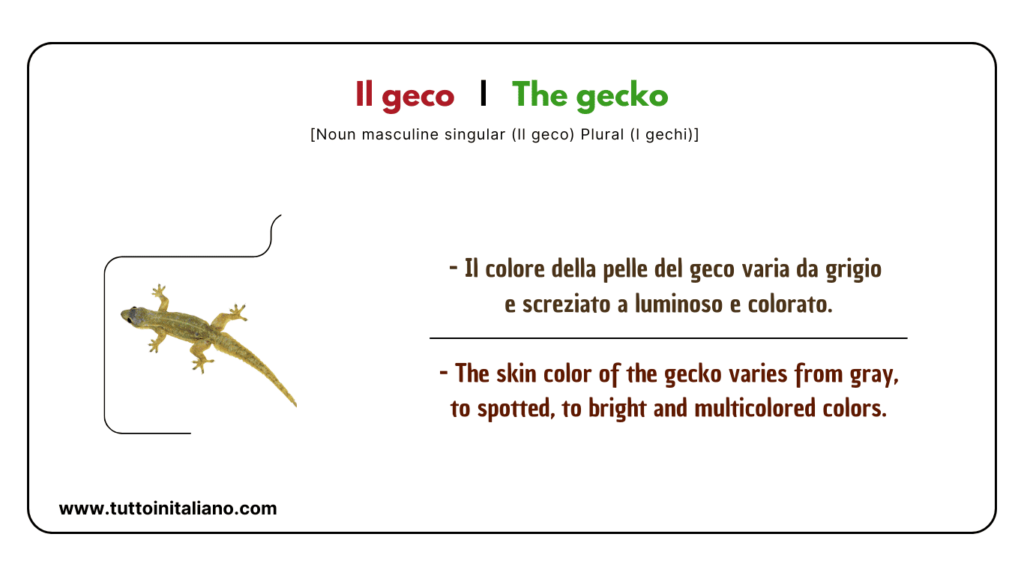
- Il colore della pelle del geco varia da grigio e screziato a luminoso e colorato.
- The skin color of the gecko varies from gray, to spotted, to bright and multicolored colors.
- Le femmine di geco sono capaci di riprodursi senza accoppiarsi con il maschio.
- Female geckos are capable of reproducing without mating with the male.
- Il geco mangia zanzare e piccoli insetti notturni.
- The gecko eats mosquitoes and small nocturnal insects.
20. La Salamandra | The Salamander
Noun feminine singular (la Salamandra) plural (le Salamandre)
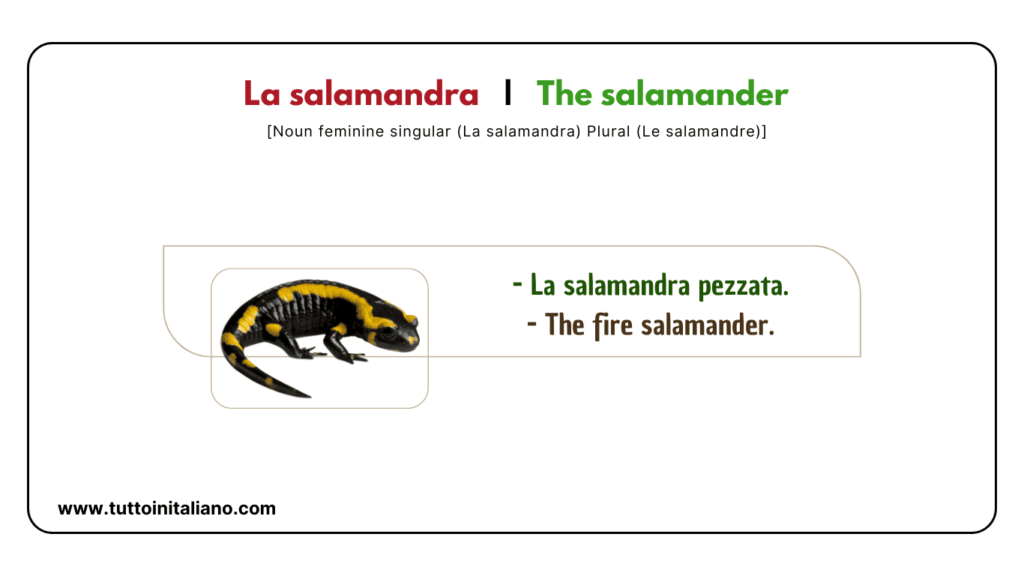
- La salamandra pezzata.
- The fire salamander.
- Il colore della salamandra nero intenso e lucido sul quale spiccano, cosparse senza ordine, numerose vistose macchie gialle.
- The color of the salamander is intense and shiny black on which numerous conspicuous yellow spots stand out, scattered randomly.
- Le salamandre trascorrono le loro giornate rintanate sotto la lettiera delle foglie, nelle fessure tra le radici degli alberi, sotto le pietre e nei tunnel.
- Salamanders spend their days burrowed under leaf litter, in crevices between tree roots, under stones, and in tunnels.
Listening and reading (a song on YouTube)
Il coccodrillo come fa? | How does the crocodile talk?
- Oggi tutti insieme, cercheremo di imparare
- Come fanno per parlare fra di loro gli animali?
- Come fa il cane? Bau! Bau!
- Il gatto? Miao!
- L’asinello? Hi! Hoo!
- La mucca? Muuu…!
- La rana? Cra! Cra!
- La pecora? Beee!
- Il coccodrillo?, il coccodrillo?
- Il coccodrillo come fa?, Non c’è nessuno che lo sa.
- Today all together, we will try to learn
- How do animals talk to each other?
- How does the dog talk? Woof! Woof!
- The cat? Meow!
- The donkey? Hi! Hoo!
- The cow? Moo…!
- The frog? Cra! Cra!
- The sheep? Beee!
- The crocodile? The crocodile?
- How does the crocodile do? Nobody knows
Song by : Piccolo Coro dell’Antoniano
Listen to the song on YouTube with the lyrics here
Exercises about reptiles and amphibians in Italian with the answer
Write the English meaning of Italian words.
- I Rettili
- La Vipera
- Gli Anfibi
- La Rana
- Il Crotalo
- La Raganella
- L’Anaconda
- La Tartaruga/La Testuggine
- Il Proteo
- Il Dinosauro
- La Lucertola
- Il Coccodrillo
- Il Camaleonte
- L’Iguana
- L’Alligatore
- Il Basilisco
- Il gaviale
- Il Geco
- La Salamandra
- Il Serpente
The answer
- The Reptiles
- The Viper
- The Amphibians
- The Frog
- The Rattlesnake
- Tree Frog
- The Anaconda
- The Turtle/The Tortoise
- The Proteus
- The Dinosaur
- The Lizard
- The Crocodile
- The Chameleon
- The Iguana
- The Alligator
- The Basilisk
- The Gharial
- The Gecko
- The Salamander
- The Snake
